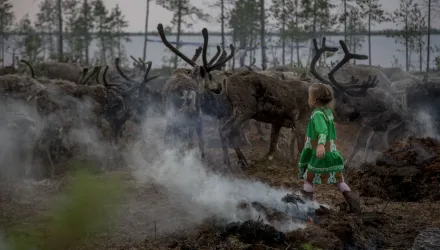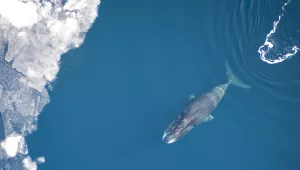Abstract
Rapid changes in the Arctic illustrate that ecological conditions extend beyond flora and fauna to impact human security and potentially to defense and other areas of security. Most studies have focused on only one-way, two-factor interactions between the human-based valuations of the environment and a generalized assessment of human security. However, the more significant the difference between the assessed value of environmental resources and the availability of those resources, the more likely the prospect of conflict. Accelerators in this type of interaction may include the nature and degree of civil or social instability, the integrity of urban communities, or the status of human security and change in the relative status of environmental resources, whether through time or by comparison between regions. Environmental change dynamics underlie a strong three-factor interaction among environmental security, human security, and defense security. Thus, changes in the natural ecology of the environment may drive significant interactions among and between these factors.






